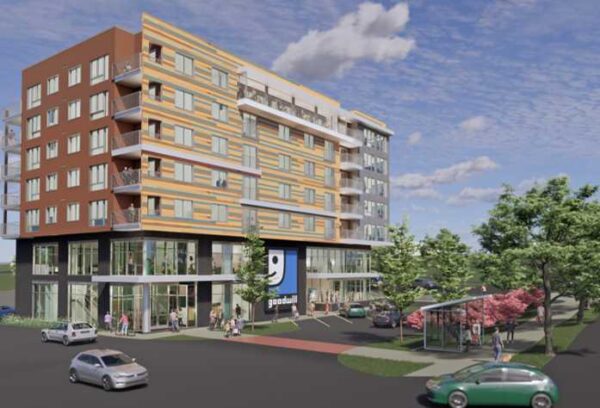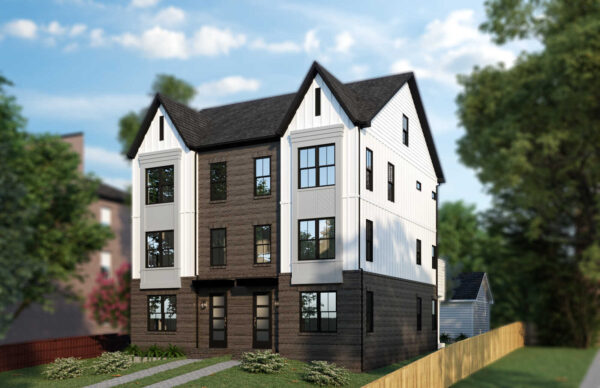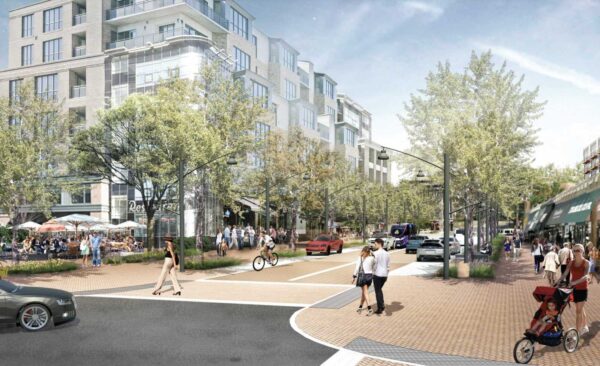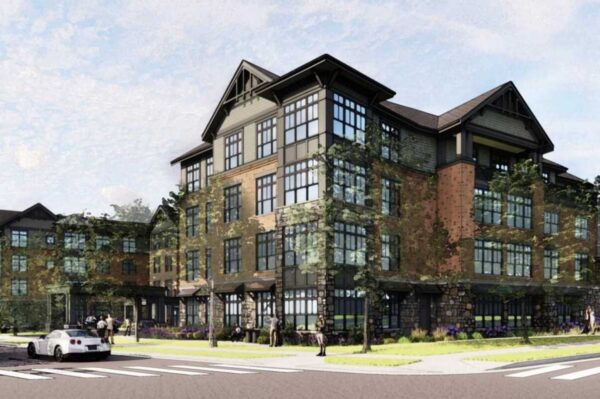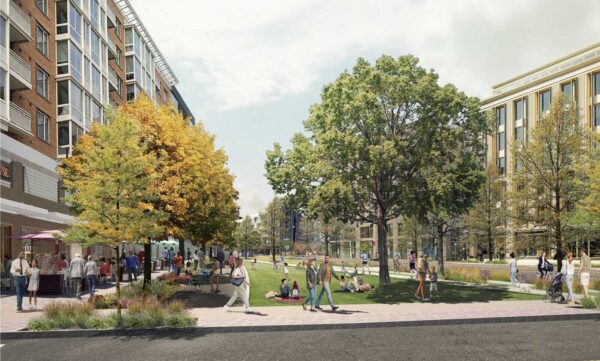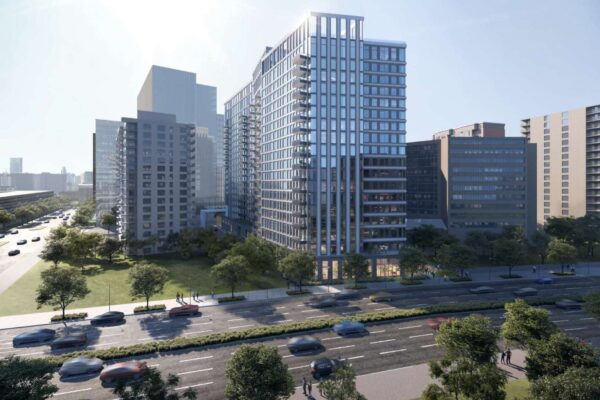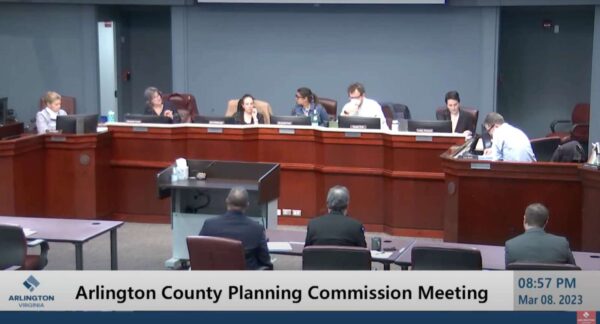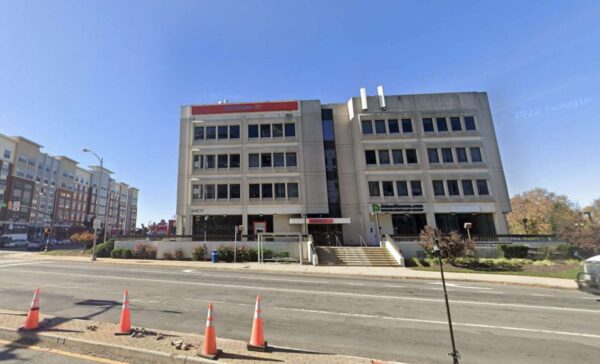The Arlington County Board could approve a new sewer plan for the first time in 22 years tomorrow (Saturday).
The proposed Sanitary Sewer Collection System Plan is designed to prepare the county for continued growth through 2045. Despite the surge in development planned for the county over the next two decades, the plan does not call for expanding Arlington’s current sewer infrastructure.



